LSST camera reaches Rubin Observatory in Chile
Monday, June 3, 2024

|
Richard Harris |
The LSST Camera, the largest digital camera for astrophysics, has reached Rubin Observatory in Chile after a journey from California. This 3200-megapixel camera will play a crucial role in the Legacy Survey of Space and Time, capturing detailed images of the southern sky for a decade, aiding cosmic exploration.
The largest camera ever built for astrophysics has made its way from SLAC National Accelerator Laboratory in California to the summit of Cerro Pachon in Chile. This camera, known as the 3200-megapixel LSST Camera, is at the heart of the NSF-DOE Vera C. Rubin Observatory and promises to unveil the Universe’s mysteries.
Funded by the U.S. Department of Energy and the National Science Foundation, the LSST Camera will be a crucial part of the Legacy Survey of Space and Time (LSST), which will commence in late 2025. This survey will capture detailed images of the southern hemisphere sky over a decade, creating the most comprehensive timelapse of the Universe. Kathy Turner, DOE’s Program Manager for Rubin Observatory, emphasized the significance of the camera's arrival in Chile for advancing astrophysical research.
The world's largest astrophysics camera has successfully traveled from the SLAC National Accelerator Laboratory in California to the summit of Cerro Pachon in Chile, where it will soon play a key role in uncovering the Universe’s secrets.
Constructed at SLAC National Accelerator Laboratory, the LSST Camera is the largest digital camera in the world. It will be installed on the Simonyi Survey Telescope at Rubin Observatory and will capture images with a field of view seven times wider than the full moon. This will enable groundbreaking discoveries in dark matter and dark energy, mapping the Milky Way, surveying the Solar System, and observing variable celestial objects. Victor Krabbendam, Project Manager for Rubin Observatory, highlighted that the camera's arrival marks the final major step toward achieving transformative science with the LSST.

The LSST Camera is the largest digital camera for astrophysics
The camera was meticulously prepared and shipped from California to Chile, involving a custom shipping frame and protective measures against moisture and vibrations. The LSST Camera team at SLAC led the transportation process, ensuring the camera's safety with data loggers and GPS tracking. Margaux Lopez, a mechanical engineer at SLAC, detailed the careful planning and execution required to transport such a delicate piece of equipment across the globe.
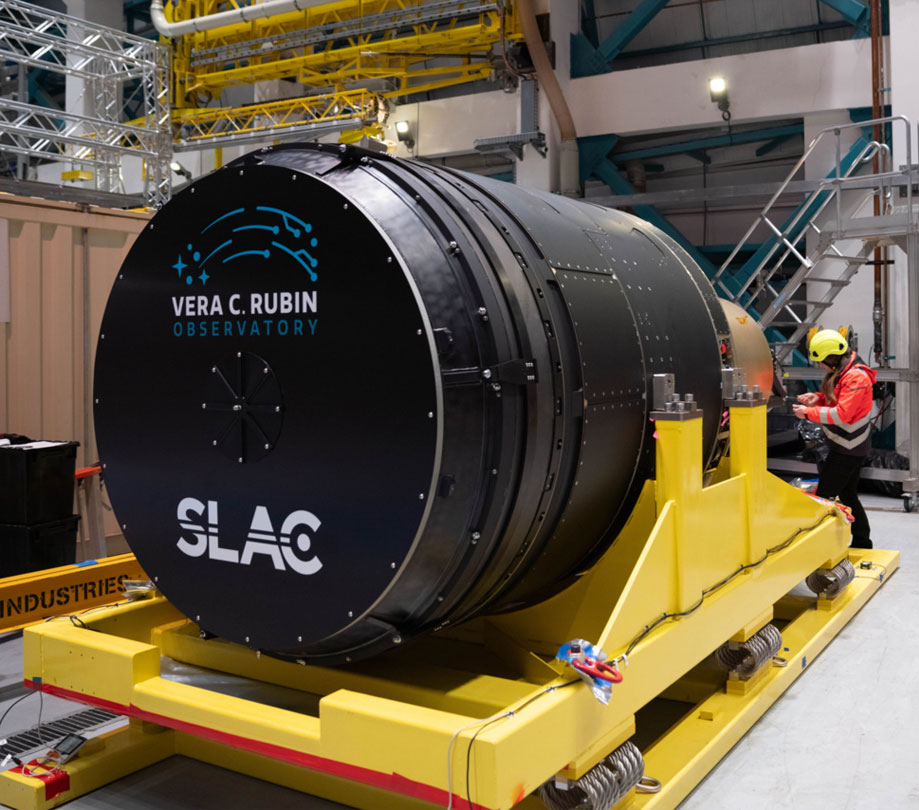
It will capture southern hemisphere sky images for the Legacy Survey of Space and Time
The camera traveled by air to Chile, accompanied by two team members to oversee its handling. Upon arrival at Arturo Merino Benítez Airport in Santiago, it was transported to Cerro Pachon, where it reached the summit after a careful drive. Once at the observatory, the camera was moved to a controlled environment for inspection and testing.

Detailed planning ensured the camera's safe transport from California to Chile
Kevin Reil, Observatory Scientist at Rubin, confirmed that the camera arrived in perfect condition, with data loggers showing no unexpected stresses. The LSST Camera will undergo several months of testing before being installed on the Simonyi Survey Telescope alongside the observatory’s primary and secondary mirrors.
ScopeTrader's latest survey
Featured Stories
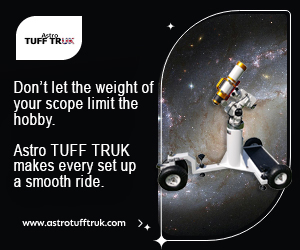
Stay Updated
Sign up for our newsletter for the headlines delivered to youSuccessFull SignUp

|
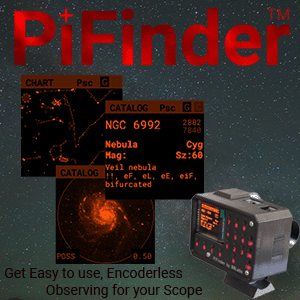


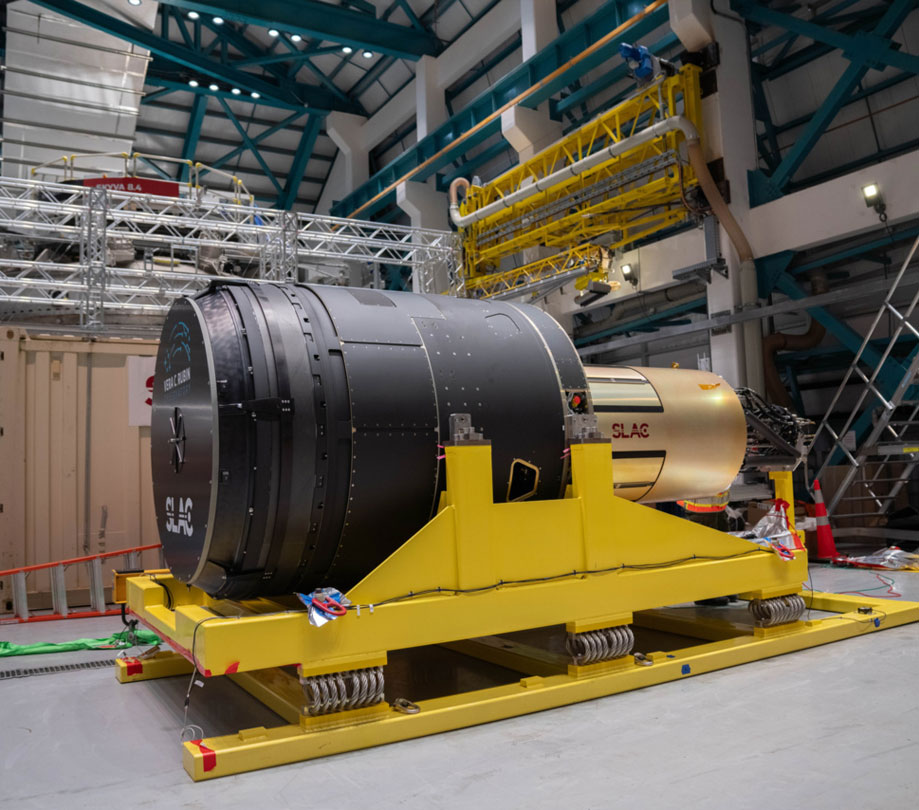


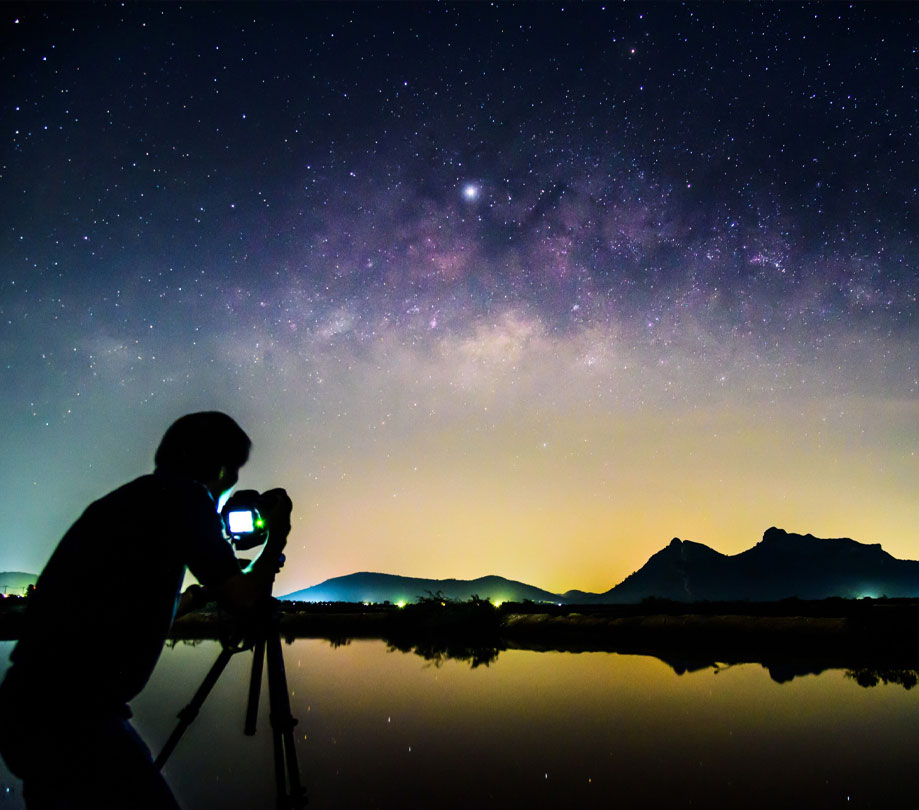
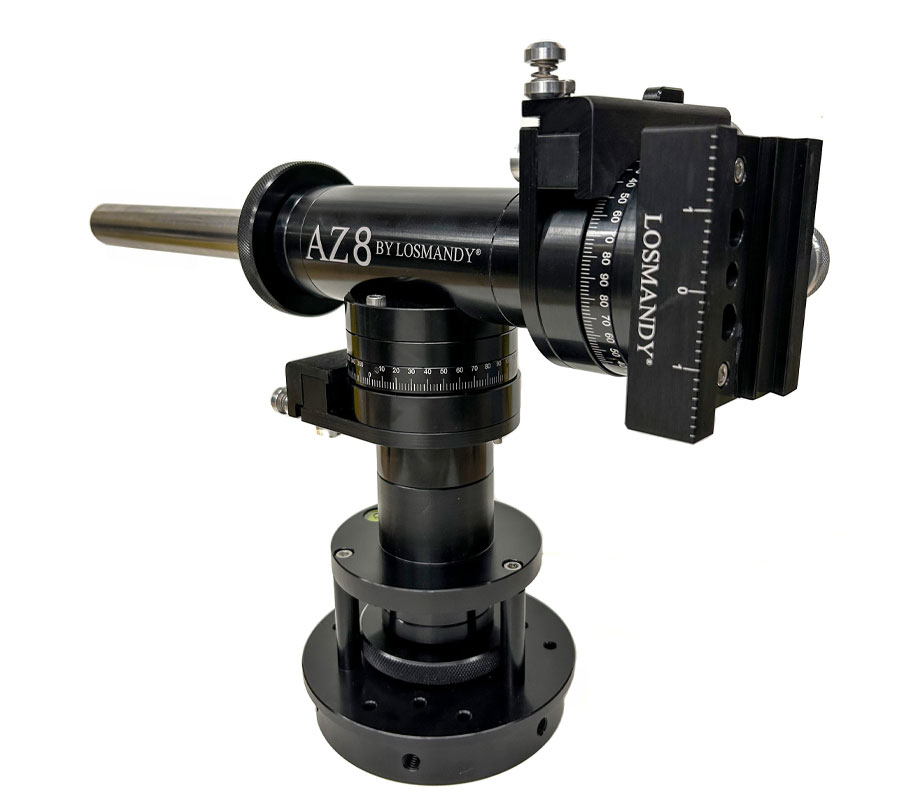
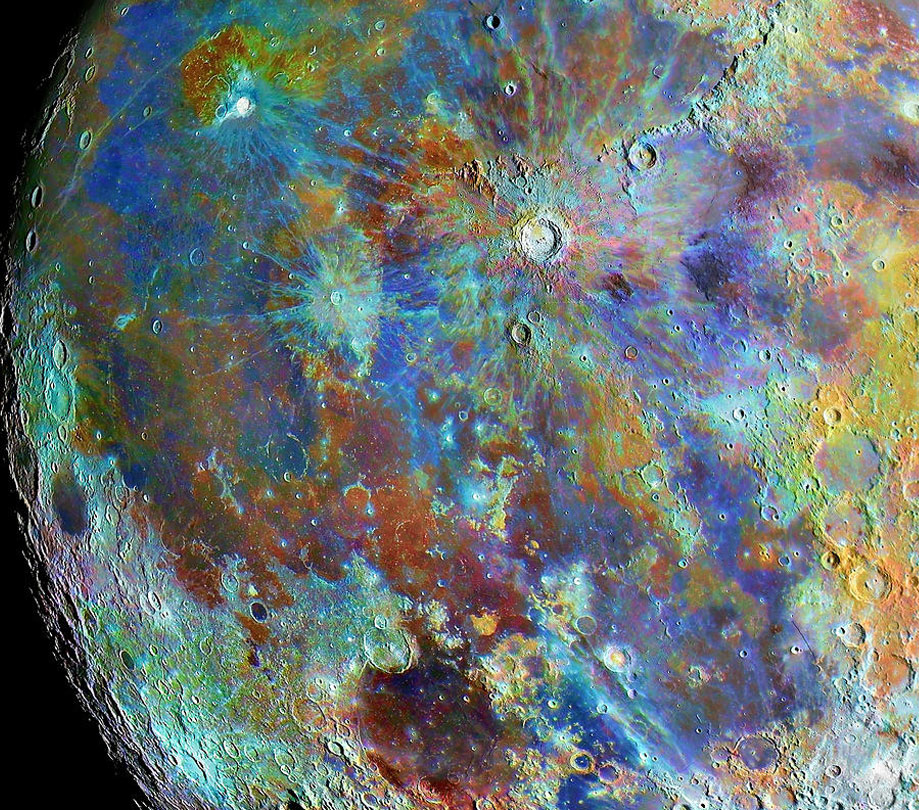
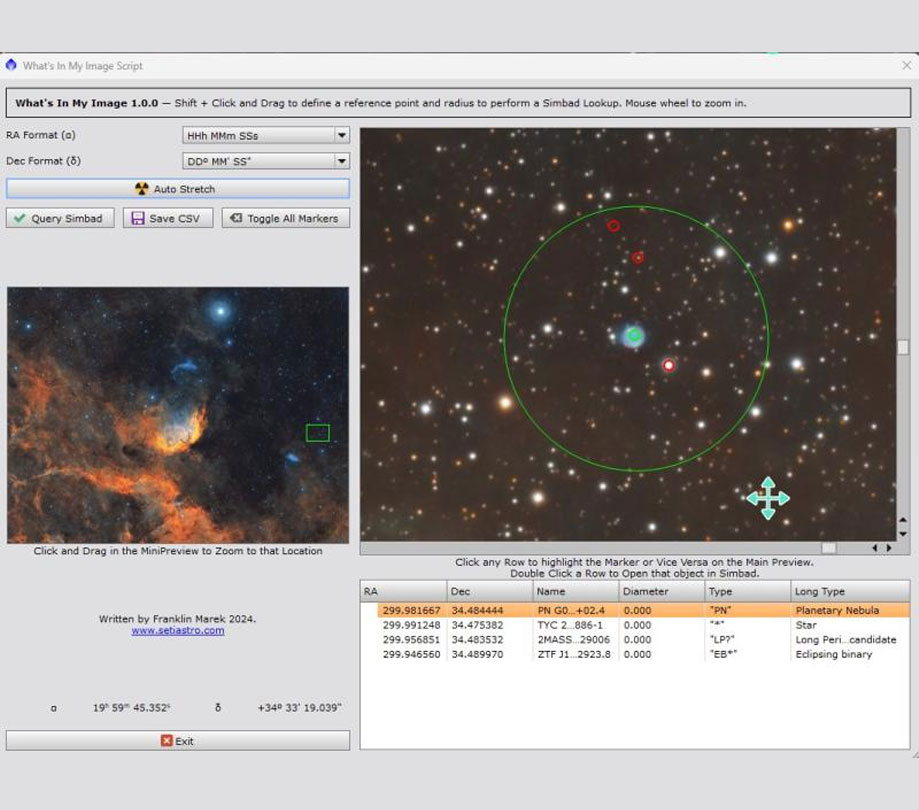

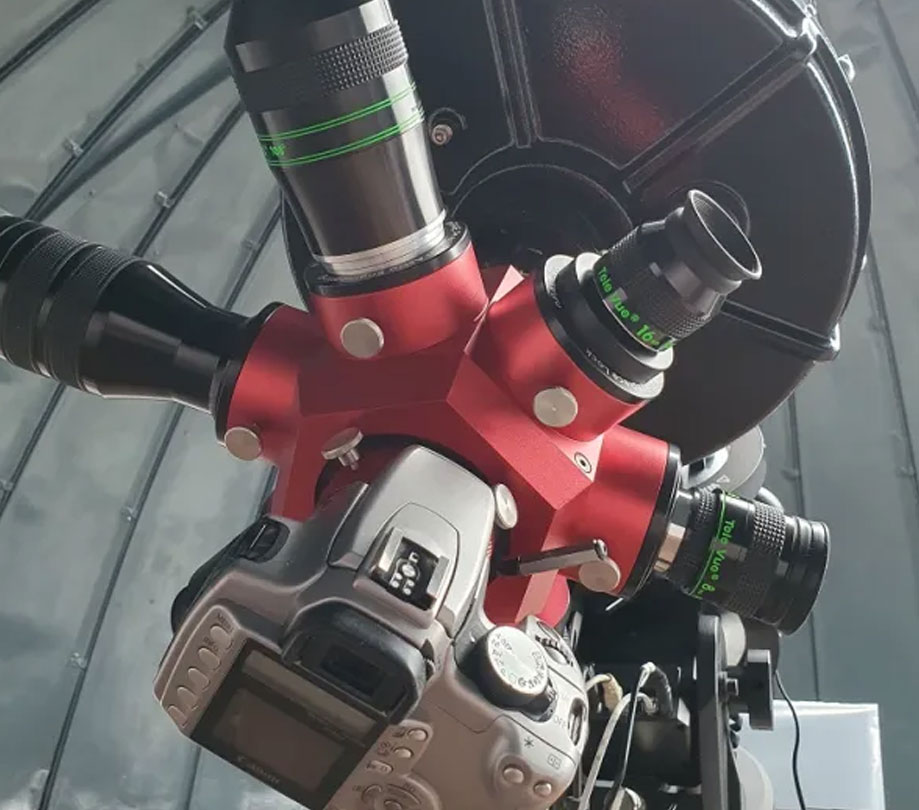
Comments